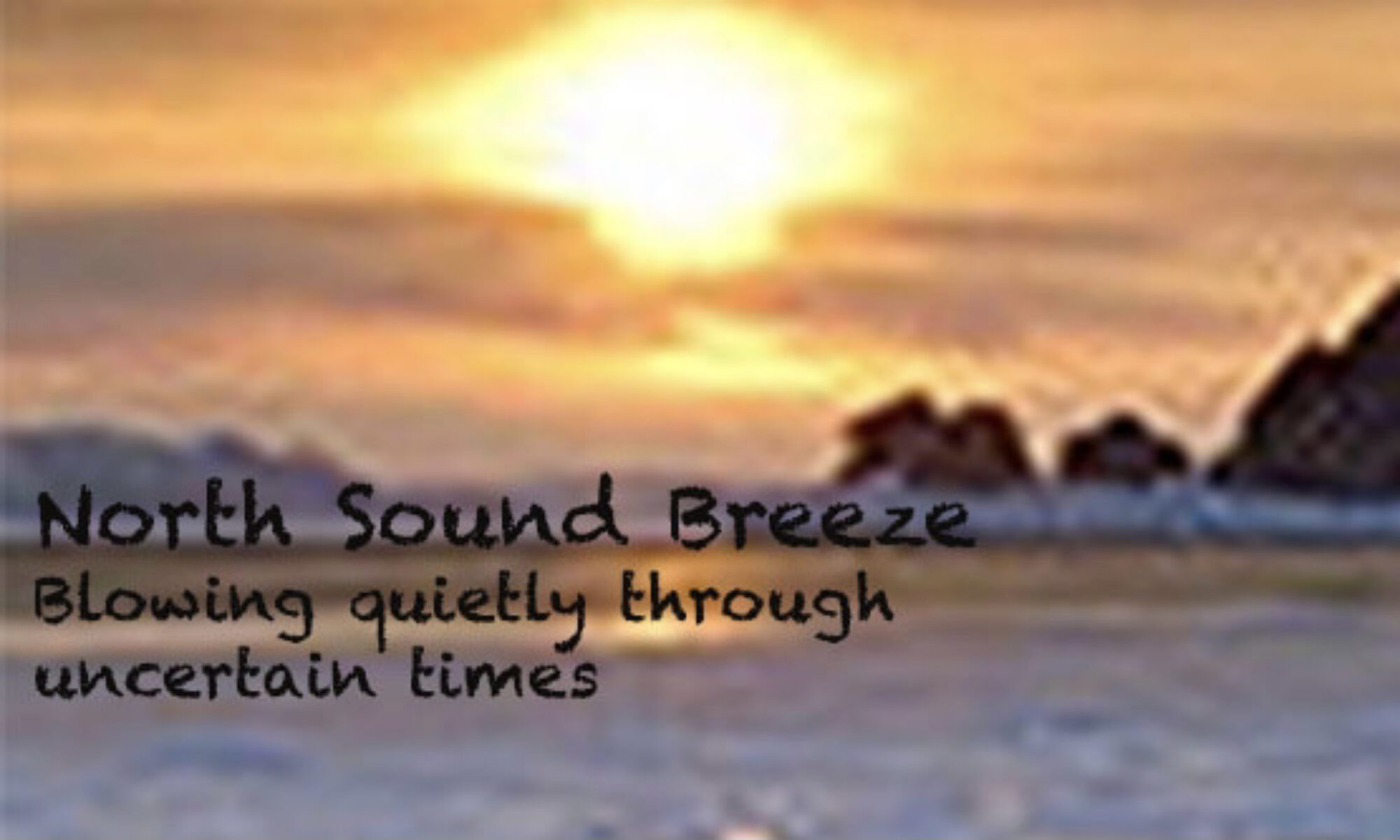“What if?” A simple thought, a tiny phrase carrying within it the powerful
punch of limitless possibility. But who says “what if” these days, who dares to
imagine beyond the scope of what seems currently possible today? To dream
beyond *what is* isn’t practical, in most cases… the tech field being a notable
exception…there’s little financial security in the practice of thinking beyond
“what is.” Which is why some artists venture into the unknown realm of
“what might be” more than most. After all, we all know they’re not in it for
the money, right? And once one leaves behind the shackles of wealth
and security, then the sky’s the limit!
How Extreme Can You Dream?
Many artists wilfully search beyond our perceived boundaries of acceptability,
some with considerable success. Van Gogh, the Spanish architect Gaudi, the
jazz trumpeter Miles Davis, even the Beatles, are obvious examples. One of
the more extreme examples I can think of is of the composer, John Cage,
who composed a three-movement experimental composition called
Four Minutes And thirty Three Seconds. In it, the orchestra is instructed to play
absolutely nothing for 4’33”. A totally silent piece? No. Matter of fact, it’s different
every time you (don’t) hear it, because it focuses on the environment of where
it is (not) performed. That lady with the nagging cough three rows behind you?
Perhaps she’s the lead instrument on this particular day.
Is Silence Golden?
Cage believed it was. He thought “any sound could constitute music,” and 4’33”
was his example. I could not disagree with him more. At the very least, I think,
music is a group of structured vibrations that carry more directed emotional
content than most random sounds, except, of course, for the obvious sounds,
like a baby crying, a waterfall, a gun shot, bird songs in the morning…
The question, “What is music” might be hard to pin down, as it’s the one
mostly intangible art form. Unlike painting, sculpture, dance, music depends
upon the perceptive abilities we have, to attach our hearing to our emotions…
and to our hearts. Now to a point, that limits music’s ability to fly beyond
“what is known and accepted.” For if an experimental piece doesn’t conform,
at least to some degree, to what we have experienced and accepted before,
it’s likely we won’t understand its intent… and we won’t like it.
And so, it would appear that “what if” can be potentially dangerous ground…
or incredibly fruitful, if one is imaginative enough, brave enough, to pursue it.
My example today is the amazing Dale Chihuly. He is a glass sculptor. His
work is known worldwide and he is the undisputed king of blown glass.
Murano Vase Murano, with Venice across the bay
The Glassmakers’ Paradise
B & I visited the tiny island of Murano last fall. Called “The Glassmakers’
Paradise since 1291,” it’s less than a mile from Venice and boasts some of
the world’s finest glassmakers.
Of course they all knew of Chihuly, but were quick to defend themselves as world class. B & I noticed that the Murano glass had, in general, more texture
and design inside the glass than much of the Chihuly work we’ve seen,
but the glass objects themselves seemed much more commercially desirable.
Well sure, why not? If they’ve really been doing glass since 1291,
they’ve figured out what sells, right?
The Chicken Or The Egg?
What, to you, is more motivating… the desire to create, or the desire for wealth?
That’s part of the point of “what if?” … did Chihuly begin his amazing career
by thinking he would become incredibly wealthy if he really stretched and
began creating this wildly edgy, insane glass?? I would guess “no,” but
we’d have to ask him to know for sure. We know he has long loved the
process, but then that’s pretty much a given for the extremely creative types.
If you watch the Chihuly video below, which I shot last year, you’ll see that he
“reached for the stars,” and most will agree that he did, indeed, touch them.
Steve Hulse






